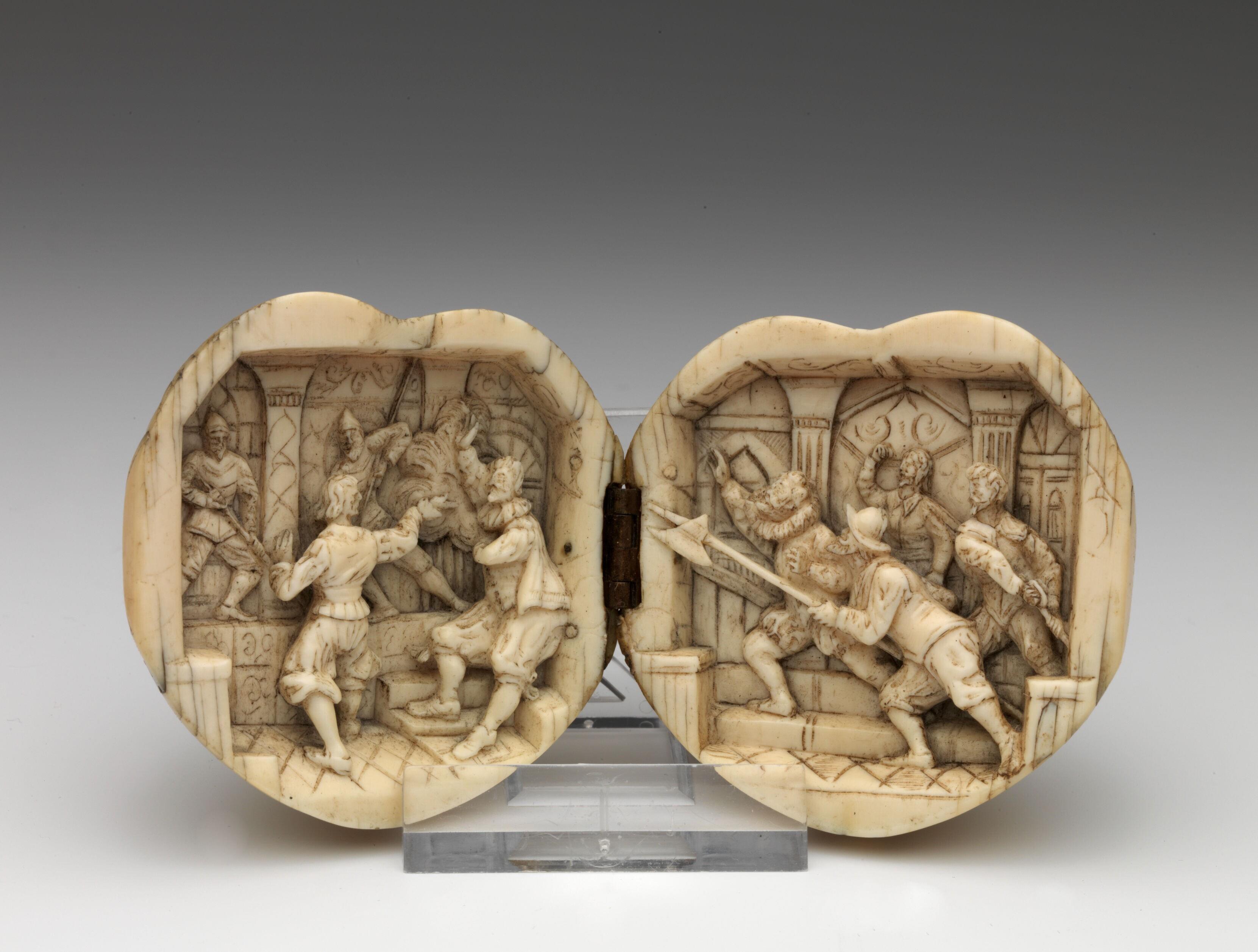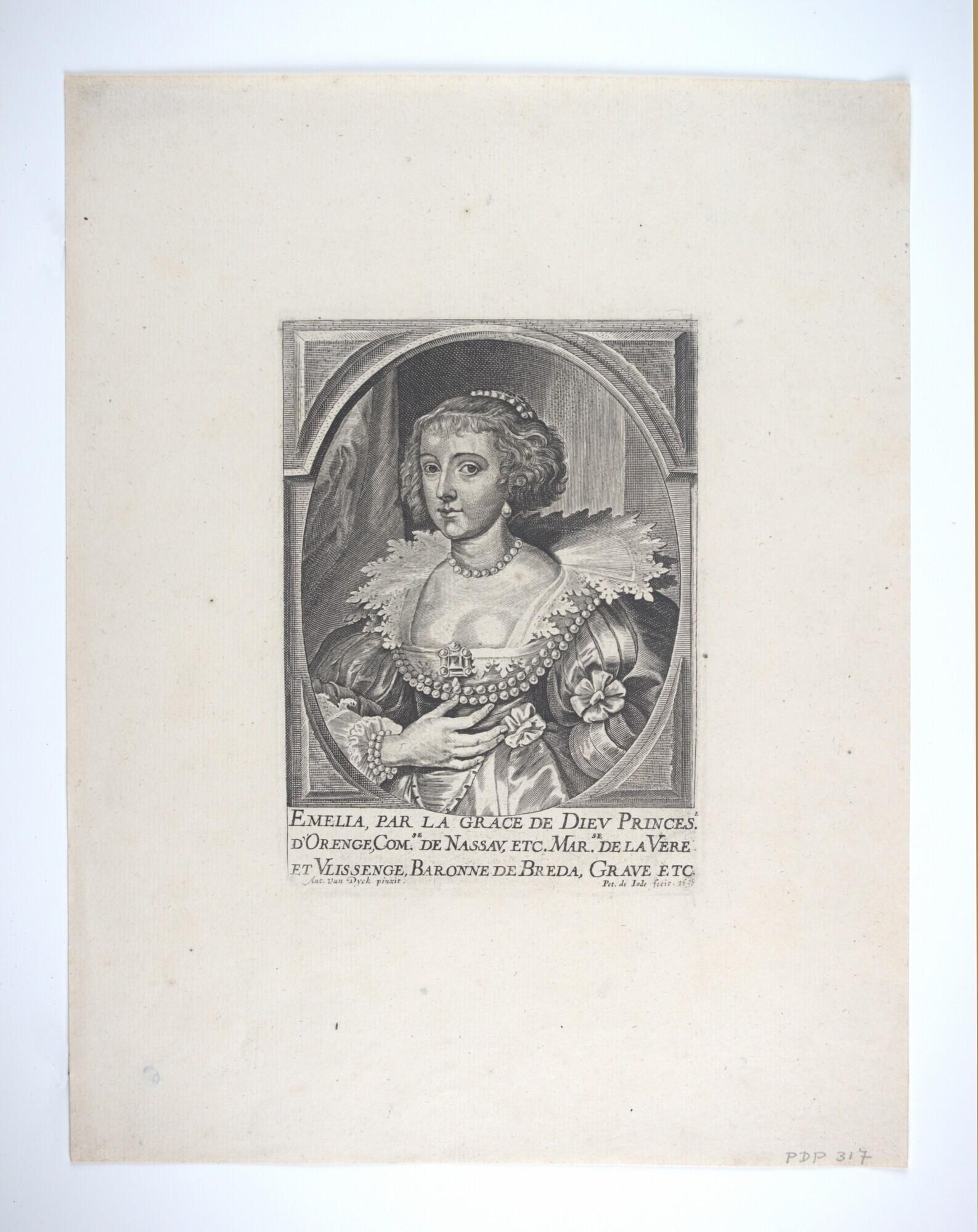
William The Silent
See
On 10 July 1584, William the Silent was shot dead in the Prinsenhof. The bullet holes left in the wall are a daily reminder of this tragic and crucial event in the history of the Netherlands. At the Museum Prinsenhof Delft, you will experience the story of prince William the Silent in Delft: what his arrival meant to the city and how he and his descendants established the foundation of this country. At the Prinsenhof, you walk in the same rooms where William the Silent and the members of his family lived and you will come face to face with the bullet holes.
Leader of the Revolt
William the Silent (1533 – 1584) was the leader of the armed resistance to the Spanish king Philip II when he found shelter at Delft in 1572. The prince was fleeing the Spanish, and the walled city was a safe place from which he could lead the Revolt. The monastery of Saint Agatha was the perfect base of operations. From that time on, the monastery was called the Prinsenhof. Yet, William the Silent was not safe here, either. On 10 July 1584, he was shot dead by the Spanish supporter Balthasar Gerards upon leaving the dining room.
A Changed City
When Delft chose the side of the rebels against Spain in 1572, the city converted to Protestantism. Catholic residents of city were being oppressed. The St Agatha monastery was occupied and offered to William the Silent. The prince’s arrival changed Delft forever. In the wake of the prince of Orange, artists and artisans were drawn to the city, planting the seed of the world-famous Delft art of the 17th century.

The lamentation of Christ, Maarten van Heemskerck, 1566, oil on panel. Acquisition with support of the Vereniging Rembrandt. Photo Tom Haartsen
Appeal for Freedom of Conscience
“I cannot approve of monarchs who want to rule over the consciences of their subjects and deny them their freedom of faith and religion.”
Statement by William the Silent at the Council of State, New Year’s Eve 1564
With his battle against the Spanish, William the Silent lays the foundation of the Netherlands as we know it. In 1580, at the Prinsenhof, he wrote his Apology: an important defence against Philip II’s sentence. As an advocate of the freedom of conscience and religion, William the Silent fought for his ideals. Ultimately, he paid for this fight with his life.
Legacy
The eventual independence of the Northern Netherlands is due in large part to William the Silent and his sons Maurice and Frederick Henry. Delft is closely connected with the House of Orange. Since William the Silent was buried here, members of the House of Orange have been interred in the family tomb in Delft. Following the death of the prince, the Prinsenhof quickly became a tourist attraction. This historic venue has fulfilled this role to the present day. The Prinsenhof tells the story of the man who helped shape both the history of Delft and of the Netherlands.

Plaque with a view of the tombe of William the Silent, attributed to Isaac Junius, 1657, tinglazed earthenware, on loan from the Rijksdienst voor het Cultureel Erfgoed. Photo Tom Haartsen




